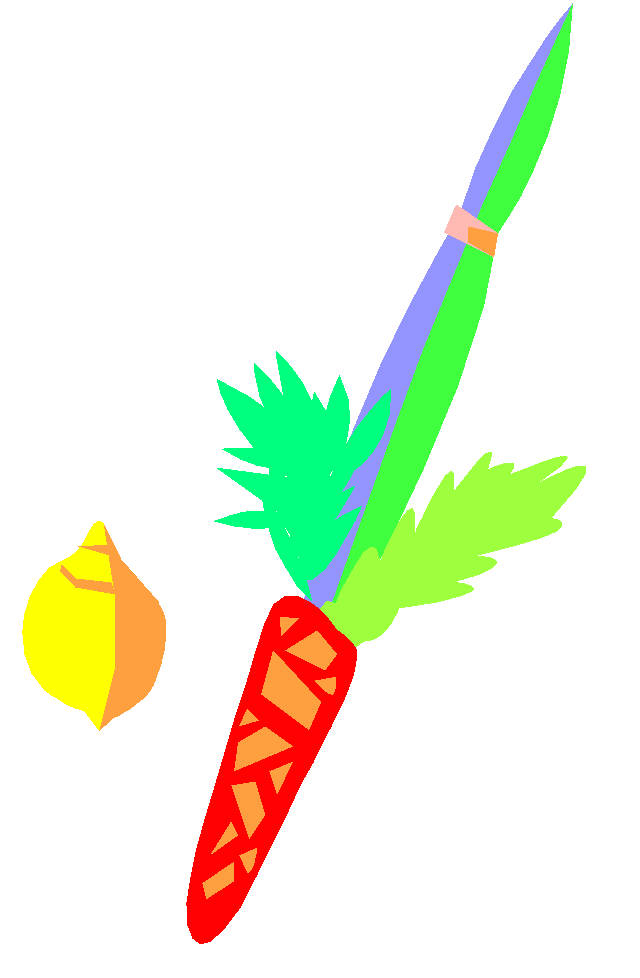
The Torah commands us to take, on the Holiday of Sukkos: «one beautiful Esrog (citron); one Lulav (center branch of a palm tree); two Aravah (domesticated river-willow) branches; and three Hadassah (myrtle) branches.»
The palm, willow, and myrtle must be bound together, and the citron must be held next to them while we pray. At some points during the Prayers, we shake all the Species in all directions.
What is the meaning of all this? Well, we don’t always know the full meanings of all the Commandments. But some deeper concepts we do know.
The Commandment of the Four Species can be understood at many levels, all of which are true. Here are some of them about this Commandment.
Now that we have cleared our slates of sin, we are new people. We must now bind ourselves together; we must now focus our energies to completely serve Hashem, with all our hearts, all our souls, all our feelings, and all our resources. This is the lesson of the Four Species.
On one level, each of the species represents a part of the body, because their shapes call to mind various parts of the human body. Together, they signify a unified person.
The Lulav (center palm branch) represents the spine; the Esrog (citron) represents the heart; the Aravah (willow) represents the veins and/or arteries (because of the red stem of the willow) and lips (shape of the leaves); the Hadassah (myrtle) represents the eyes (shape of the leaves).
Another concept is that of a unified Jewry. We hold these Four Species together, though they are of different types, for together they are all one Mitzvah, just as all Jews are one People.
The Esrog has both taste and fragrance, which symbolizes Jews who are both learned in Torah and do good deeds.
The Palm Branch comes from a tree that grows dates, which have taste, but its leaves offer no special fragrance. This represents those Jews who have learned Torah but do not do good deeds.
The Myrtle leaves have fragrance, but there is no concomitant fruit or taste. This denotes the Jews who do good deeds, though know no Torah.
The Willow branch, which has neither taste nor fragrance, calls to mind Jews who have neither Torah nor good deeds.
What does the Torah say? Bind them together, so that they will atone for each other.
With what may they be bound? Only with something that is of one of those species. We may not bind them with gold, even though we want to beautify the Mitzvah. We may bind them only with something made purely of materials of those Four Species.
Why is that? It is to teach us that only something Jewish can bind Jews together. No matter how beautiful, no matter how rewarding, no matter how emotionally satisfying something else might be, only Torah can bring merit or atonement for Jews, and only Torah can bring together Jews in a lasting bond. Just because something feels emotionally satisfying, that does not mean it is spiritual. It is only through Torah that we can achieve the goal that Hashem has given us.
It is customary to use leaves from another lulav branch to bind the species together. The esrog is not bound together, but it must be held together with the other three when the Blessings are said and when the shaking of the Species is done.
The Shaking of the Four Species in all six directions is part of the our prayers that all winds, rains, and dew be of beneficial nature. We should have calm winds that bring us what we need, pollinate the vegetation, and so forth, and not strong winds that do harm. We should have healthy rains that don’t cause floods or destroy crops. And so forth.
For more on how to use the Four species, and the proper Blessings to make on them, I urge you to get an Artscroll Sukkos Machzor, the Prayer Book for the Holiday of Sukkos. It contains all the instructions.